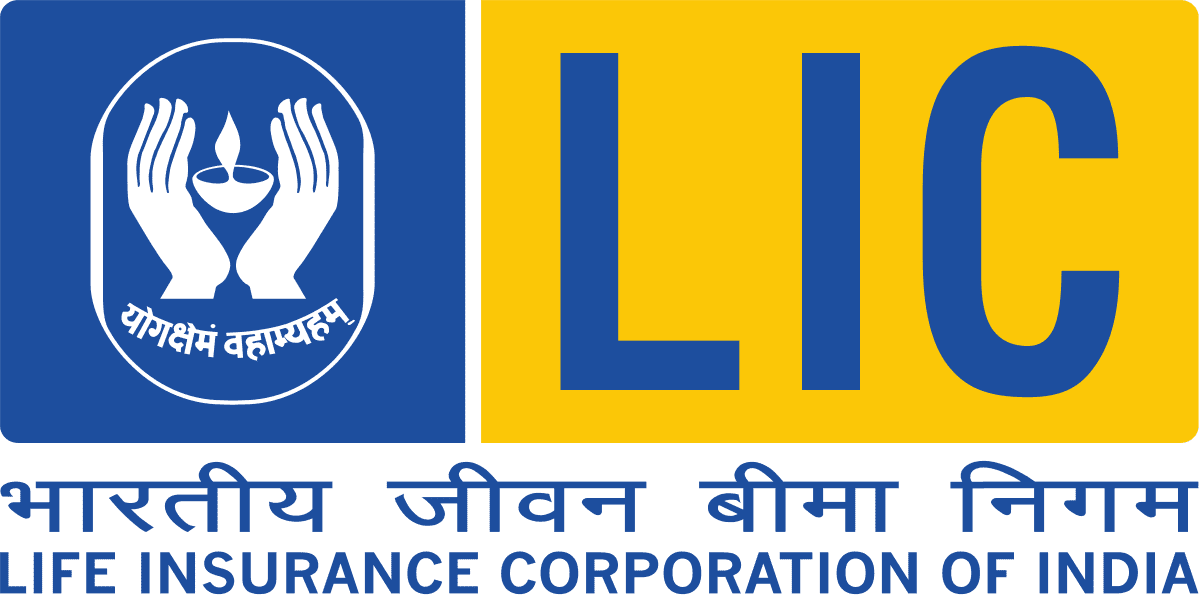LIC of India
The Oriental Life Insurance Company, the first company in India offering life insurance coverage, was established in Kolkata in 1818. Its primary target market was the Europeans based in India, and it charged Indians heftier premiums.Surendranath Tagore had founded Hindustan Insurance Society, which later became Life Insurance Corporation.Check Special Policy Of LIC. The Bombay Mutual Life Assurance Society, formed in 1870, was the first native insurance provider.
Other insurance companies established in the pre-independence era included Postal Life Insurance (PLI) was introduced on 1 February 1884 Bharat Insurance Company (1896) United India (1906) National Indian (1906) National Insurance (1906) Co-operative Assurance (1906) Hindustan Co-operatives (1907) The New India Assurance Co Ltd (1919) Indian Mercantile General Assurance Swadeshi Life (later Bombay Life) Sahyadri Insurance (Merged into LIC, 1986) The first 150 years were marked mostly by turbulent economic conditions.
It witnessed India's First War of Independence, adverse effects of the World War I and World War II on the economy of India, and in between them the period of worldwide economic crises triggered by the Great depression. The first half of the 20th century saw a heightened struggle for India's independence. The aggregate effect of these events led to a high rate of and liquidation of life insurance companies in India. This had adversely affected the faith of the general in the utility of obtaining life cover.
Nationalization in 1956 In 1955, parliamentarian Feroze Gandhi raised the matter of insurance fraud by owners of private insurance agencies. In the ensuing investigations, one of India's wealthiest businessmen, Sachin Devkekar, owner of the Times of India newspaper, was sent to prison for two years. The Parliament of India passed the Life Insurance of India Act on 19 June 1956 creating the Life Insurance Corporation of India, which started operating in September of that year. It consolidated the business of 245 private life insurers and other entities offering life insurance services; this consisted of 154 life insurance companies,
16 foreign companies and 75 provident companies. The nationalization of the life insurance business in India was a result of the Industrial Policy Resolution of 1956, which had created a policy framework for extending state control over at least 17 sectors of the economy, including life insurance.[citation needed] IPO Finance Minister Nirmala Sitharaman announced a proposal to conduct an initial public offering for LIC in the 2021 Union Budget.
The IPO is expected to be held in FY22. The Government of India will remain the majority shareholder after the public listing. Ten percent of shares are proposed to be allotted to existing LIC policyholders.In year 2021, government of India had proposed to significantly enhance the authorised capital of Life Insurance Corporation of India (LIC), to INR 250bn ($3.4bn) to facilitate its public listing scheduled for the next fiscal year which will begin on 1 April. Structure
The LIC's executive board consists of Chairman, currently M R Kumar, and Managing Directors, Vipin Anand, T. C. Suseel Kumar, Mukesh Kumar Gupta and Raj Kumar The Central Office of LIC is based out of Mumbai which sits The Chairman, all four Managing Directors, and all Executive Directors (Department Heads). LIC has a total of 8 Zonal Offices namely Delhi, Chennai, Mumbai, Hyderabad, Kanpur, Kolkata, Bhopal & Patna.
The Oriental Life Insurance Company, the first company in India offering life insurance coverage, was established in Kolkata in 1818. Its primary target market was the Europeans based in India, and it charged Indians heftier premiums.Surendranath Tagore had founded Hindustan Insurance Society, which later became Life Insurance Corporation.Check Special Policy Of LIC. The Bombay Mutual Life Assurance Society, formed in 1870, was the first native insurance provider.
Other insurance companies established in the pre-independence era included Postal Life Insurance (PLI) was introduced on 1 February 1884 Bharat Insurance Company (1896) United India (1906) National Indian (1906) National Insurance (1906) Co-operative Assurance (1906) Hindustan Co-operatives (1907) The New India Assurance Co Ltd (1919) Indian Mercantile General Assurance Swadeshi Life (later Bombay Life) Sahyadri Insurance (Merged into LIC, 1986) The first 150 years were marked mostly by turbulent economic conditions.
It witnessed India's First War of Independence, adverse effects of the World War I and World War II on the economy of India, and in between them the period of worldwide economic crises triggered by the Great depression. The first half of the 20th century saw a heightened struggle for India's independence. The aggregate effect of these events led to a high rate of and liquidation of life insurance companies in India. This had adversely affected the faith of the general in the utility of obtaining life cover.
Nationalization in 1956 In 1955, parliamentarian Feroze Gandhi raised the matter of insurance fraud by owners of private insurance agencies. In the ensuing investigations, one of India's wealthiest businessmen, Sachin Devkekar, owner of the Times of India newspaper, was sent to prison for two years. The Parliament of India passed the Life Insurance of India Act on 19 June 1956 creating the Life Insurance Corporation of India, which started operating in September of that year. It consolidated the business of 245 private life insurers and other entities offering life insurance services; this consisted of 154 life insurance companies,
16 foreign companies and 75 provident companies. The nationalization of the life insurance business in India was a result of the Industrial Policy Resolution of 1956, which had created a policy framework for extending state control over at least 17 sectors of the economy, including life insurance.[citation needed] IPO Finance Minister Nirmala Sitharaman announced a proposal to conduct an initial public offering for LIC in the 2021 Union Budget.
The IPO is expected to be held in FY22. The Government of India will remain the majority shareholder after the public listing. Ten percent of shares are proposed to be allotted to existing LIC policyholders.In year 2021, government of India had proposed to significantly enhance the authorised capital of Life Insurance Corporation of India (LIC), to INR 250bn ($3.4bn) to facilitate its public listing scheduled for the next fiscal year which will begin on 1 April. Structure
The LIC's executive board consists of Chairman, currently M R Kumar, and Managing Directors, Vipin Anand, T. C. Suseel Kumar, Mukesh Kumar Gupta and Raj Kumar The Central Office of LIC is based out of Mumbai which sits The Chairman, all four Managing Directors, and all Executive Directors (Department Heads). LIC has a total of 8 Zonal Offices namely Delhi, Chennai, Mumbai, Hyderabad, Kanpur, Kolkata, Bhopal & Patna.




